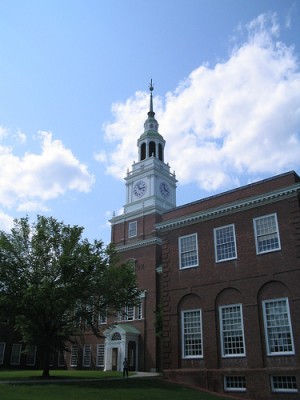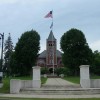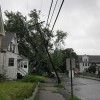Background
This page is no longer being updated. For ongoing coverage of this topic, go to New Hampshire Public Radio.
______
The Upper Valley is a sub-region of the Dartmouth-Sunapee area. It also extends into Vermont, and residents on both sides of the border maintain strong cultural and economic ties. On the New Hampshire side, the communities of Lebanon and Hanover form the heart of the region’s economy. Lebanon is home to Dartmouth-Hitchcock Medical Center, while Hanover hosts the Ivy League Dartmouth College. But although they share a regional identity, economically speaking, Lebanon and Hanover are very different.

Bev Norton / Flickr
Dartmouth University and Dartmouth-Hitchcock Medical Center are economic engines of the Upper Valley.
Compared to Lebanon–and the state as a whole–Hanover skews wealthy. The US Census Bureau has found that while the average household income in New Hampshire is $78,208, the average household income in Hanover is $139,881. Lebanon, meanwhile, reports a lower average income at $69,853.
Given the differences in pay, it’s probably not surprising that a disproportionate number of Hanover residents do white collar work with high earning potential. According to Census Bureau figures, 66.5 percent of people are in management or professional occupations, while 21.8 percent work in sales or office jobs. In other words, nearly nine out of ten people in the town of Hanover hold down a white collar job. The third highest portion of residents–8.4 percent–work in service occupations.
As far as income and employment are concerned, Lebanon hews more closely to the state average. While the Census found 16 percent of households in Hanover had annual incomes of $200,000 or more, only 3.8 percent of Lebanon households, and 4.3 percent of New Hampshire households could claim the same. Lebanon does, however, skew a little high for management and professional occupations at 44.9 percent, compared to 37.5 percent for the state as a whole.
Despite its prosperity, the Upper Valley faces its own set of challenges. Affordable housing, for example, can be hard to find for working class and middle-income workers. And pollution in the Connecticut River is also a concern for the area.










